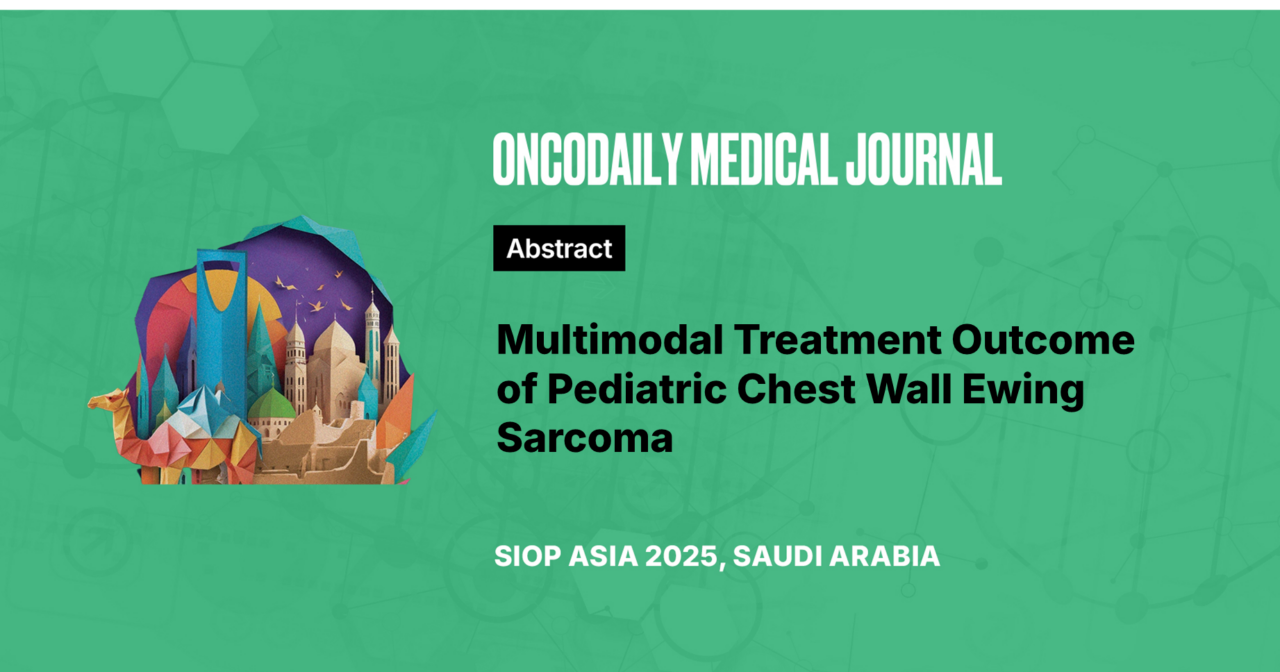Multimodal Treatment Outcome of Pediatric Chest Wall Ewing Sarcoma
Abstract
Introduction: Chest Wall Ewing Sarcoma (ES) is the most pediatric chest wall tumor with an incidence of about 10%. Treatment involved intense chemotherapy with complete surgical resection and/or radiation. The ES chest wall has a reported 5-year survival ranging between 40 and 60% in most studies. This study aims to determine over all outcomes of Ewing’s sarcoma of chest wall in children and the impact of different local treatment modalities.
Methodology: A retrospective analysis was done on patients up to the age of 18 years with chest wall ES at Shaukat Khanum Memorial Cancer Hospital, Lahore. Study was conducted from January 2011 to December 2023. Data regarding demographics, chemotherapy agents, radiation, surgery (necrosis, and margin status), recurrence, death, and outcomes collected
Results: Forty-six patients were included in the study. VDC/IE chemo regimen was given in 33% (72%) and rest got VIDE/VAI chemo regimen. Radiation plus surgery was done 18 (39%), radiation only in 13 (28%). Surgery only in 11 (24%) and 4 (8%) patients had disease progression before local control could be done. Of the 29 patients who had surgery, 18 (62%) patients had negative margins, 3(10%) had positive and in rest margin status could not be determined.
Disease progression was the most common cause of death in these patients of 85% and 15% due to toxicity. 21 (45.6%) patients are alive and in remission. The 5-year overall is 42% and 5-year EFS is 39%. Outcome in those patients who had surgery alone as local control did better at 62% followed by radiotherapy at 52% and both surgery and radiation.
Conclusion: Complete surgical resection is the most effective treatment for chest wall Ewing’s. Multimodal treatment with surgery, chemotherapy and or radiation therapy provides favorable outcomes. However, recurrences are common and not much can be offered in such cases.





